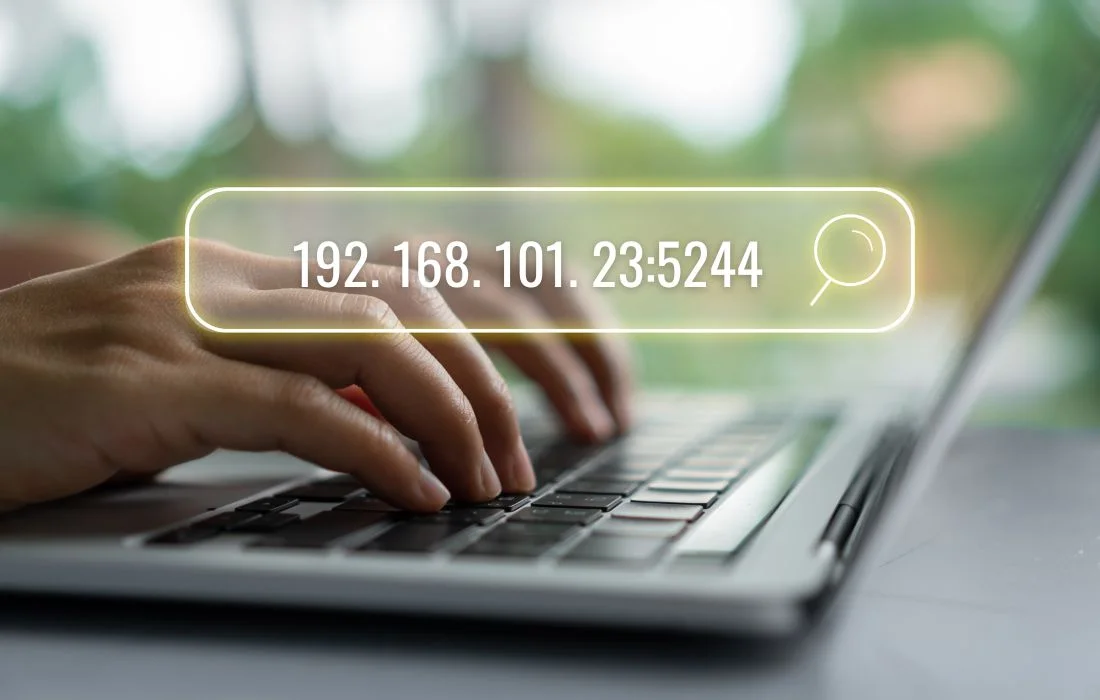The IP address 192.168.101.23:5244 has piqued interest among tech enthusiasts, network administrators, and developers alike. Whether you’re troubleshooting network configurations or setting up remote services, understanding this IP address and its associated port is essential. This article explores the fundamentals, usage, and technical nuances of 192.168.101.23:5244.
What is 192.168.101.23:5244?
The address 192. 168. 101. 23:5244 is a private IP address within the 192.168.0.0/16 range, reserved for local networks. When paired with port 5244, it becomes a socket, often used to establish communication between devices in a network or for specific applications.
Key Components:
- Private IP Address:
- 192.168.101.23 is not accessible from the internet directly, making it secure for internal communication within a LAN (Local Area Network).
- Port 5244:
- Ports help in identifying specific processes or services on a device. Port 5244 might be used by custom services, proprietary protocols, or specific software applications.
How is 192.168.101.23:5244 Used?
1. Network Configurations
Administrators often assign private IP addresses like 192.168.101.23 for local network devices such as routers, IoT devices, or printers. The addition of port 5244 specifies communication related to particular applications or protocols.
2. Application Development
In software development, IP
combinations like 192.168.101.23:5244 can serve as endpoints for testing APIs or connecting client-server applications.
3. Remote Services
When used in a port-forwarding configuration, this IP and port pair can enable external devices to communicate with a specific service running on a local network device.
4. Troubleshooting and Diagnostics
Tech professionals use tools such as ping, traceroute, or port scanners to diagnose issues with IPs like 192.168.101.23:5244, ensuring seamless data flow within the network.
Advantages of Using Private IPs Like 192.168.101.23
1. Enhanced Security
Private IPs are shielded from external attacks as they are not routed through the public internet.
2. Efficient Resource Allocation
Private networks allow multiple devices to share a single public IP, optimizing the usage of IPv4 addresses.
3. Customizability
You can easily configure and assign private IPs like 192.168.101.23 for tailored network setups.
Challenges and Common Issues with 192.168.101.23:5244
While private IPs offer significant advantages, they are not without challenges:
- IP Conflicts:
Duplicate assignment of 192.168.101.23 in the same network may cause connectivity issues. - Port Conflicts:
If port 5244 is already in use by another application, services may fail to bind to the socket. - NAT Configuration:
Network Address Translation (NAT) may require additional configuration to ensure proper routing for devices using this IP.
How to Access 192.168.101.23:5244
Accessing 192.168.101.23:5244 depends on the device and application it’s associated with. Follow these steps for a successful connection:
Step 1: Verify Network Connection
Ensure your device is on the same network as 192.168.101.23. Use the ping command to confirm connectivity:
Step 2: Check Open Ports
Use tools like netstat or nmap to verify if port 5244 is open and active:
Step 3: Access via Application
Access services running on 192.168.101.23:524 through compatible software, APIs, or browsers (if HTTP/HTTPS is supported):
Best Practices for Managing 192.168.101.23:524
1. Assign Static IPs
Ensure 192.168.101.23 remains consistent by assigning it as a static IP. This prevents disruptions caused by DHCP reassignment.
2. Use Port Forwarding Cautiously
When enabling access to 192. 168. 101. 23:5244 from external networks, ensure proper firewall rules and security measures are in place.
3. Regular Maintenance
Monitor and update the applications or services tied to 192.168.101.23:5244 to ensure smooth operation and security.
FAQs About 192.168.101.23:524
Q1: Can I access 192.168.101.23:524 from the internet?
No, private IP addresses like 192.168.101.23 are not directly accessible over the internet. You’d need to configure NAT or VPN to enable external access.
Q2: How do I know which service is using port 5244?
Run the following command on the host machine to identify the process bound to port 5244:
Q3: What protocols commonly use port 5244?
Port 5244 is often used by proprietary applications or custom setups. There is no standard protocol assigned to it.
Conclusion
The combination 192.168.101.23:524 serves as a vital part of local network operations, facilitating communication between devices and services. By understanding its components, use cases, and management practices, you can effectively integrate it into your network. Whether you’re a developer or an IT professional, staying informed ensures that your setup remains secure, efficient, and reliable.
